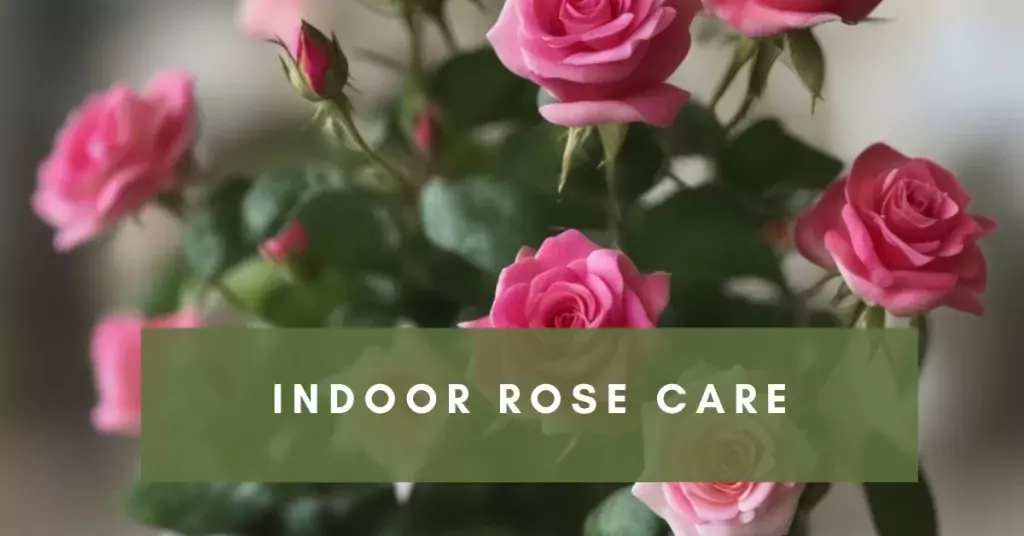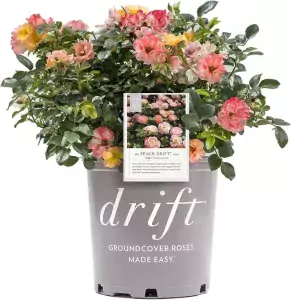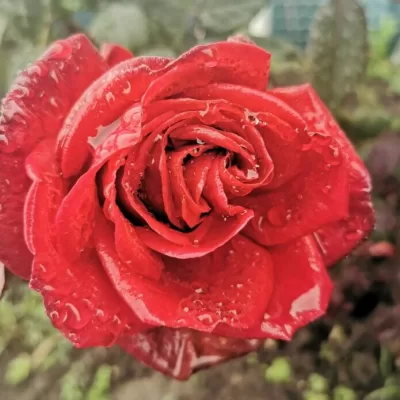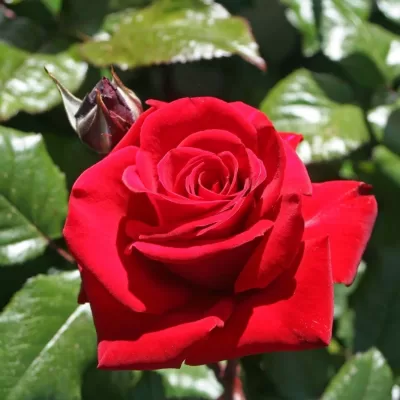Cultivating roses indoors offers a gratifying venture, particularly in the winter season when the external environment might not be conducive to the flourishing of these exquisite blossoms. In this guide, we’ll explore the essentials of indoor rose care, providing valuable tips to ensure your roses thrive within the cozy confines of your home.
How to Care for Indoor Roses
Caring for indoor roses involves a combination of attention to light, temperature, water, and soil.
- Light: Place your indoor rose where it receives at least 6 hours of sunlight daily. For optimal sunlight exposure, consider south-facing windows.
- Temperature: Maintain a consistent temperature between 60°F and 70°F during the day and be slightly more relaxed at night. Roses appreciate a calm environment. Keep them away from drafts and heaters, as sudden temperature fluctuations can stress the plants. If your home tends to be drier during winter, consider using a humidifier to maintain the optimal humidity levels.
- Watering: The soil should be consistently moist but not soggy. Employ soil that promotes effective drainage and ensures to irrigate when the uppermost layer of the soil exhibits dryness.
- Soil: Opt for a high-quality potting mix for roses or a general-purpose blend enriched with organic matter.
Can You Keep a Rose Plant Indoors?
Absolutely! Many rose varieties can thrive indoors, adding a touch of elegance and fragrance to your living space. Choose compact or miniature rose varieties that are well-suited for container living.
How to Care for Indoor Roses in Winter
Indoor rose care during winter demands more attention.
Humidity: Roses appreciate higher humidity levels. Consider situating a water tray near the plant or incorporating a humidifier for optimal moisture.
Winter Pruning: Lightly prune your indoor roses in late winter or early spring to encourage new growth.
How Do You Keep Indoor Roses Alive?
Regular Inspection: Check for pests and diseases regularly. Indoor environments can sometimes encourage these issues.
Fertilization: Provide indoor roses with a well-balanced liquid fertilizer at 4 to 6 weeks intervals throughout their active growth phase.
Rotation: Rotate the pot every few weeks to ensure even sunlight exposure on all sides.
Diseases and Pests of Indoor Roses
Unfortunately, indoor roses are not immune to diseases and pests. Watch out for common issues like powdery mildew and aphids. To control these problems, use organic insecticidal soap and neem oil. Inspect your roses regularly to catch any signs of trouble early on.
Can Indoor Roses Succumb to Blackspot or Mildew?
Regarding the potential threats of blackspots, miniature roses are more susceptible than other rose varieties. However, this concern is likely to take a back seat when cultivating them indoors. Unless your indoor environment grapples with excess moisture and humidity, creating a haven for fungal growth, your indoor roses should remain unaffected. Yet, fear not; simple measures like installing an air conditioning system, utilizing fans, opening windows, or occasionally dehumidifying can work wonders!
Surprisingly, this dryness threatens your indoor roses more during winter than the feared black or mildew. The air warms up as the indoor spaces are heated, leaving little natural humidity for plants to absorb. Considering the reluctance to open windows in the chill of January, combating dry air becomes a challenge. To counter this, consider cultivating your miniature roses in a room physically isolated from others, preferably equipped with a door that can be closed. Adding a humidifier can make the indoor rose-growing experience surprisingly hassle-free!
Do Indoor Roses Attract Pests?
In general, indoor roses don’t magnetize pests, mainly if you’re situated in a concrete jungle. However, the chief pest concern for indoor roses revolves around spider mites.
These tiny arachnids take residence on the undersides of houseplant leaves, extracting nutrients until the leaves yellow and wither away. Detecting a spider mite issue is relatively straightforward – a close examination may reveal your rose adorned with delicate, tiny spider webs. While pests might not be a significant concern, keeping a vigilant eye on spider mites and implementing timely control measures is essential for maintaining the health and vibrancy of your indoor roses.

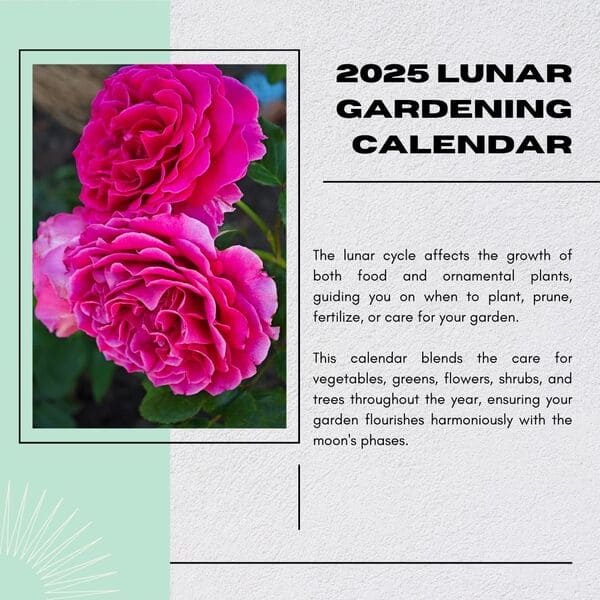
Get Your Free Lunar Gardener's Calendar 2025!
Join the Lunar Gardening Revolution! Subscribe now to receive our exclusive Free Lunar Gardener’s Calendar for 2025. Harness the power of the moon to optimize your planting, nurturing, and harvesting.
How Often Should I Water My Indoor Roses?
The watering frequency depends on factors like temperature, humidity, and the size of the pot. Water when the top inch of the soil feels dry, usually every 2-3 days.
How Long Does an Indoor Rose Last?
With proper care, indoor roses can last for several years. Regular pruning, feeding, and attention to environmental factors contribute to their longevity.
The Best Indoor Rose Plant
Consider varieties like ‘Star Roses,’ ‘Cherry Parfait,’ or ‘Sweet Sunblaze’ for indoor cultivation. These varieties are known for their adaptability to container living.
In conclusion, caring for indoor roses is a delightful endeavor that allows you to enjoy their beauty year-round. By understanding their specific needs and providing the right environment, you can cultivate a thriving indoor rose garden that brightens your home even during the coldest months.

